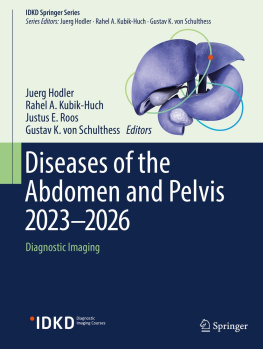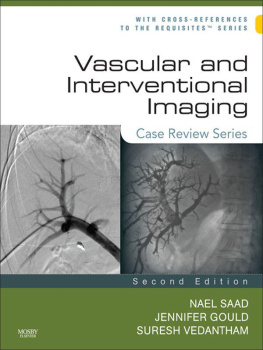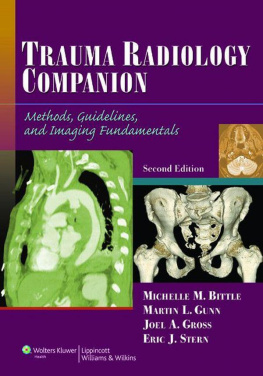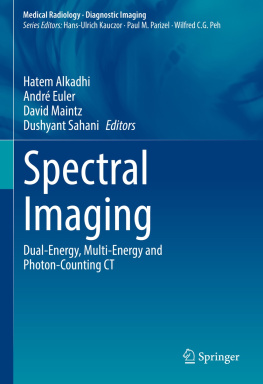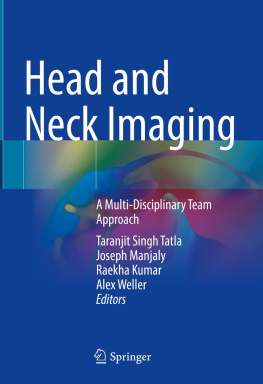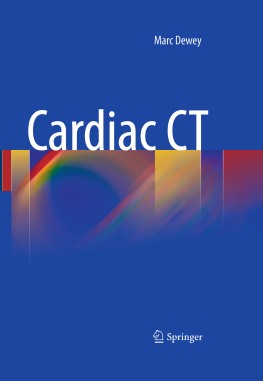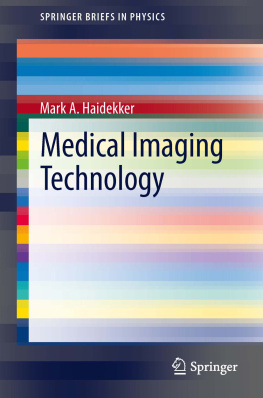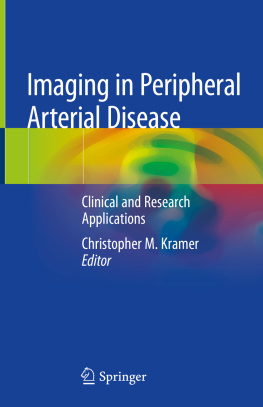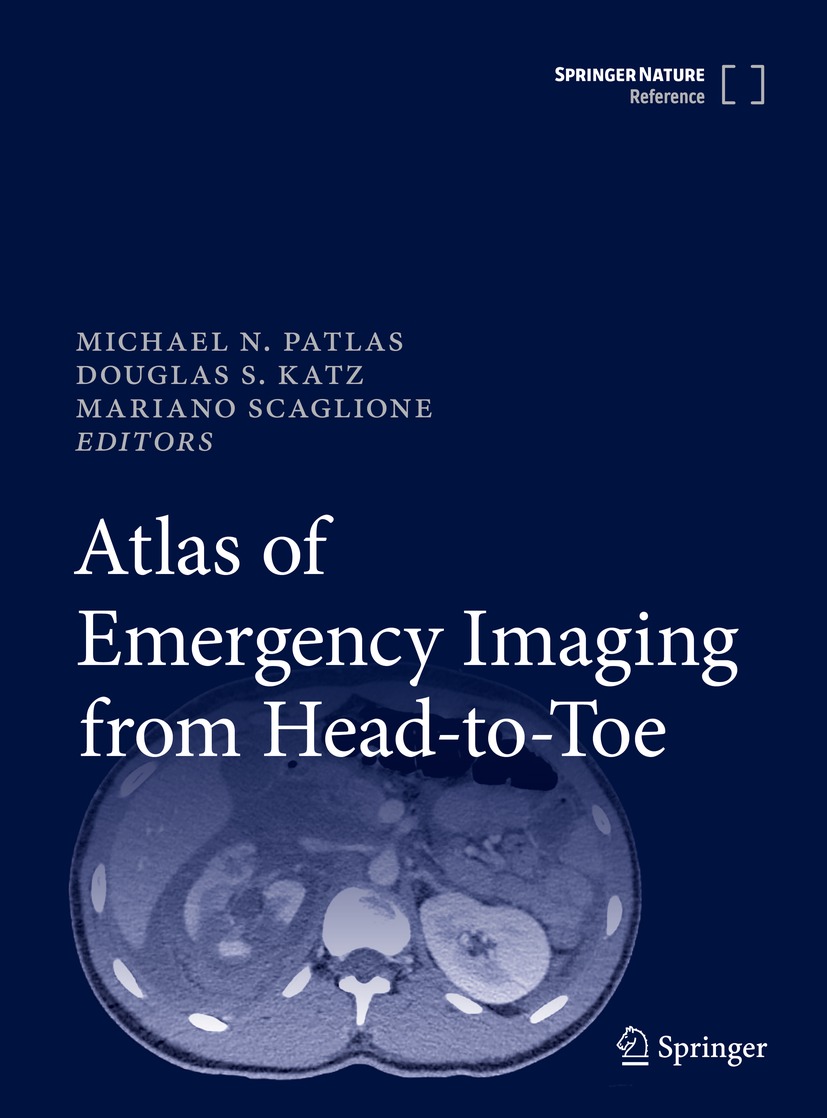Editors
Michael N. Patlas , Douglas S. Katz and Mariano Scaglione
Atlas of Emergency Imaging from Head-to-Toe
With 864 Figures and 55 Tables

Logo of the publisher
Editors
Michael N. Patlas
Department of Radiology, McMaster University, Hamilton, ON, Canada
Douglas S. Katz
NYU Langone Hospital - Long Island and the NYU Long Island School of Medicine, Mineola, NY, USA
Mariano Scaglione
Department of Medical, Surgical and Experimental Sciences, University of Medicine and Surgery, Sassari, Italy
Department of Radiology, James Cook University Hospital, Middlesbrough, UK
Teesside University School of Health and Life Sciences, Middlesbrough, Tees Valley, UK
Department of Radiology, Pineta Grande Hospital, Castel Volturno, Italy
ISBN 978-3-030-92110-1 e-ISBN 978-3-030-92111-8
https://doi.org/10.1007/978-3-030-92111-8
Springer Nature Switzerland AG 2022
This work is subject to copyright. All rights are reserved by the Publisher, whether the whole or part of the material is concerned, specifically the rights of translation, reprinting, reuse of illustrations, recitation, broadcasting, reproduction on microfilms or in any other physical way, and transmission or information storage and retrieval, electronic adaptation, computer software, or by similar or dissimilar methodology now known or hereafter developed.
The use of general descriptive names, registered names, trademarks, service marks, etc. in this publication does not imply, even in the absence of a specific statement, that such names are exempt from the relevant protective laws and regulations and therefore free for general use.
The publisher, the authors, and the editors are safe to assume that the advice and information in this book are believed to be true and accurate at the date of publication. Neither the publisher nor the authors or the editors give a warranty, expressed or implied, with respect to the material contained herein or for any errors or omissions that may have been made. The publisher remains neutral with regard to jurisdictional claims in published maps and institutional affiliations.
This Springer imprint is published by the registered company Springer Nature Switzerland AG
The registered company address is: Gewerbestrasse 11, 6330 Cham, Switzerland
To Nataly Patlas, my wife, my best friend, my smartest adviser, and love of my life.
Michael N. Patlas
This book is dedicated to my father, my grandmother Sadie aka Bobby, and my aunt Elinor. I hope that current and future advances in medicine, including medical imaging and emergency radiology, will prolong the lives of the loved ones of all who are reading this book, which was a team effort with numerous contributions from around the world.
Douglas S. Katz
To my parents, Pietro and Ida, and to my sons, Pietro and Ruben,
my past, my present, my future
Mariano Scaglione
Foreword
At a time when there is a plethora of information available to radiologists instantaneously at their fingertips, it remains particularly important, especially in a field as rapidly changing as radiology, that trusted sources of evidence-based material be available for those looking to optimize their practice of radiology. In their Atlas of Emergency Radiology, Drs. Michael Patlas, Douglas Katz, and Mariano Scaglione, renowned radiologists, educators, and colleagues who have devoted their careers to the education of radiologists in training and in practice, with a long-standing major interest in emergency radiology in particular, provide an expansive and beautifully illustrated text that offers a verified resource for radiologists, emergency physicians, and professionals responsible for the diagnosis and care of the acutely ill or injured patient.
In assembling the material for this textbook, Drs. Patlas, Katz, and Scaglione have turned to other acknowledged leaders in the radiology subspecialties, who contribute their experience and expertise in emergency imaging. The first section of the book, edited by Drs. Patlas, Katz, and Scaglione, provides an overview of emergency and trauma imaging, including the evolving role of artificial intelligence in patient triage and diagnosis. An important aspect in the evaluation of the acutely ill or traumatized patient is deciding when to engage an interventional radiologist in the patient management, an issue addressed by Dr. S. Mafeld. Imaging, particularly CT, is central to the neurologic evaluation of those presenting with traumatic head injuries or stroke, and the section on neuroradiologic emergencies edited by Professor Carlos Torres amply addresses these and related emergency head, neck, and spine topics. Thoracic trauma, acute aortic syndromes, and pulmonary infections are common emergency chest issues and comprise the thoracic section of the textbook edited by Dr. Constantine Raptis. In particular, this section provides an update on the evolving concept of thoracic aortic dissection and its variants, which are important entities where the radiologist plays a crucial role in diagnosis and patient triage. A unique feature of this section is the chapter on the imaging of breast emergencies, an uncommon but important topic that receives scant coverage in most emergency radiology textbooks. The extensive abdomen and pelvis section of the book, edited by Dr. Vincent Mellnick from the Mallinckrodt Institute of Radiology at Washington University in St. Louis, reviews the spectrum of non-traumatic and traumatic solid organ, peritoneal, abdominal wall, and bowel conditions commonly encountered in the emergency setting. Important chapters addressing emergency imaging of the bariatric or pregnant patient, and abdominal emergencies in cancer patients, provide insight into the challenges of imaging these select groups of emergency patients with their particular challenges. Traumatic musculoskeletal conditions are addressed using an anatomic approach in the section edited by Drs. Kumaravel and Beckmann. The chapter on non-traumatic musculoskeletal emergencies is particularly appreciated. The final section, edited by Dr. Elka Miller, offers a system-based review of pediatric emergency imaging, including a chapter on the role of interventional radiology in pediatric emergencies. The material and insights provided in this section are particularly useful for those of us who may encounter the occasional pediatric emergency patient but do not have the extensive experience with the unique aspects of imaging pediatric emergency patients provided by the authors in these chapters.
While larger North American medical centers designated by the U.S. American Trauma Society or the Trauma Association of Canadas Accreditation Canada Trauma Distinction Program as Level 1 Trauma Centers may be able to provide 24/7 emergency imaging care utilizing a dedicated core of radiologists with broad emergency radiology training and multi-system imaging expertise, the majority of facilities in North America do not have the staffing to dedicate to this task, primarily because they do not see a large enough volume or experience a broad spectrum of conditions afflicting traumatized or acutely ill patients. As a result, the rapid interpretation of emergency imaging examinations often falls to residents, emergency department physicians, other advanced practice providers, on-call attendings with subspecialty radiology training but perhaps not necessarily emergency radiology expertise, or perhaps teleradiology services in situations where local after-hours radiology is unavailable. For this reason, a resource such as this textbook becomes an important source of information and should prove invaluable to those working in the acute care and trauma setting. By assembling this wealth of up-to-date material, Drs. Patlas, Katz, and Scaglione have provided a practical and easily accessible resource which should help those responsible for imaging this vulnerable population, thereby positively contributing to improved patient outcomes.


